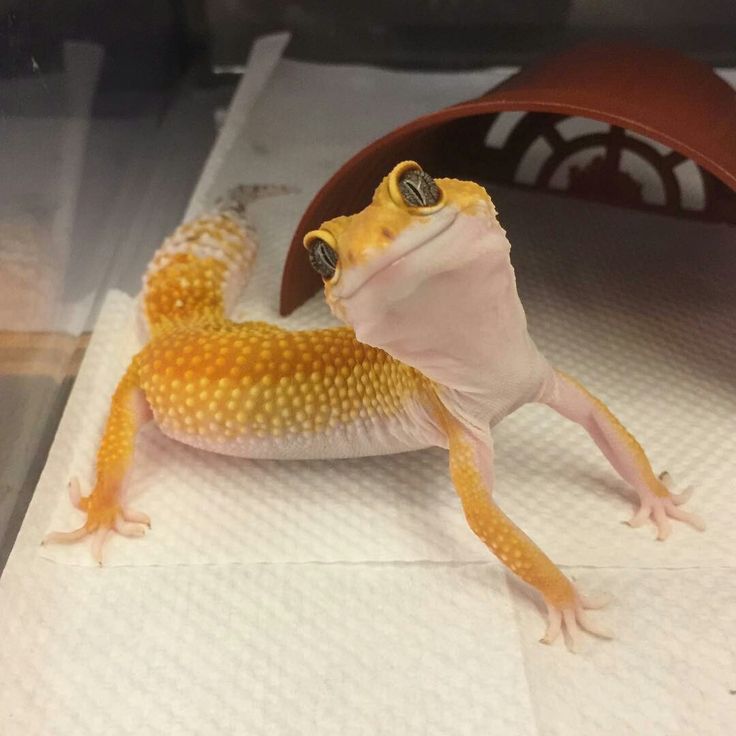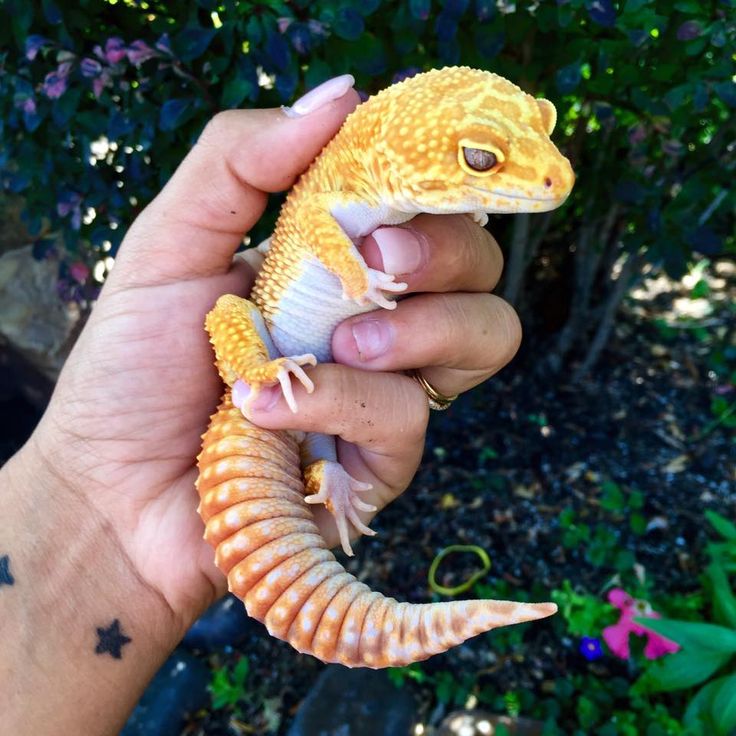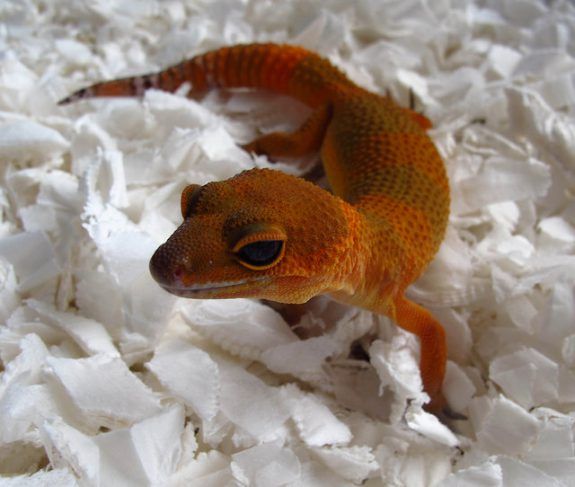The vivid orange tangerine leopard gecko is undoubtedly one of the most eye-catching morphs within the reptile world. Known for its brightly coloured scales, this species attracts both novice and experienced horticulturists alike. However, what really sets the tangerine leopard geckos apart? How long do they live on average, and what price range can one expect to pay for one of these spectacular animals? This article aims to explore these questions and more, providing a detailed profile of the tangerine leopard gecko.
What is Tangerine Leopard Geckos?

The tangerine morph stems from the common leopard gecko, Eublepharis macularius. Their most distinguishing feature lies in their unusually radiant orange pigmentation, varying from a mild tangerine hue to an almost fiery reddish-orange shade. Selective breeding, facilitated by dedicated breeders, has successfully intensified the natural orange tones occasionally seen in regular leopard geckos.
Besides their vibrant coloration, tangerine leopard geckos are renowned for their docile temperaments and ease of care. As nocturnal creatures, they are chiefly active at night. Their gentle demeanors make them quite suitable as hand leable pets.
Lifespan of this Leopard Gecko

With proper husbandry, tangerine leopard geckos can attain lifespan expectancies comparable to other leopard gecko morphs – approximately 10 to 20 years under the right conditions. This considerable life span signifies a long-term commitment, so prospective keepers must be prepared to provide for these geckos for many rewarding years to come.
Price of this Leopard Geckos
As for cost, the price of a tangerine leopard gecko is contingent on an array of variables. On average, costs range from $100 to $300 USD. Geckos with especially vibrant and uniform colouring from reputable breeders may demand higher costs, sometimes surpassing even $300 for only the finest specimens.
Tangerine Leopard Geckos For Sale
Reputable breeders who devote themselves to the health and genetics of their stock are prime sources for tangerine leopard gecko. Online vendors and reptile expos also offer opportunities to find these colourful creatures provided one diligently inspects appearance and history.
When purchasing a gecko, its eyes should be clear, tail plump, and skin smooth, signalling proper care. Inquiry into prior housing and feeding assures continuing health.
The Mandarin Tangerine Leopard Geckos

Years of selective pairing have imbued the mandarin tangerine with an intensity of orange bordering on scarlet, distinguishing it as a showstopper among variations. Its radiance stems from a lineage focused on intensifying this trait.
The Afghan Tangerine Leopard Geckos
Stockier in form with a broad head, Afghan tangerines diverge in physique from common strains yet maintain the exuberant colour defining the morph. Hues within this line vary although the vivid solar shade remains.
Orange spotted leopard gecko Babies
Miniature versions of adults, young geckos need special handling to acclimate smoothly into new environments while consuming properly sized meals. Their adorableness bellies specific needs for warmth, moisture and nutrition during development.
Care Guidence
Beginners who choose tangerines are well served, as the basic but critical demands for habitat, heat, and diet make long-term well being straightforward and achievable. Diligent provision sustains activity and appeal.
1. Establish a Suitable Home:
A 20-gallon terrarium is sufficient for one gecko. It’s crucial the lid securely fastens, as these reptiles can escape with ease. Safe, simple-to-clean substrates include felt, slate tiles, or paper – avoid loose materials like sand that may cause intestinal blockages if ingested.
2. Temperature and Light Regulation:
As cold-blooded creatures, leopard geckos demand external heat sources to thermoregulate. Establish a temperature gradient within the enclosure with a warm region of 88-92°F and a cooler section of 75-80°. An under-tank heat mat usually provides adequate warming. Optional UVB lighting can boost overall wellness.
3. Nutritious Nourishment:
Being insectivores, tangerine leopard gecko feast on crickets, mealworms, and occasionally hardier fare like nubia roaches. Young ones snack daily while adults dine with each other. Supplement feeders with calcium and vitamin D3 powders to prevent deficiencies.
4. Hydration and Humidity:
Constantly offer a shallow water dish. Plus, include a humid hide filled with damp sphagnum moss to aid shedding.
5. Gentle Handling and Temperament:
Docile handlers can carefully handle tangerine leopard gecko while fully supporting their bodies. You should avoid sudden motions. Regular, tender handling helps them acclimate to gentle human interaction.
FAQs:
How long does a tangerine leopard geckos live?
With excellent care, tangerine leopard gecko live 10 to 20 years in captivity.
How much does a tangerine leopard geckos cost?
Prices fluctuate from $100 to $300, relying on attributes like colour intensity, age and breeder prestige.
What is the rarest leopard gecko in the world?
The blackest leopard gecko mutation is the black night leopard gecko, renowned for its near perfectly ebony pigmentation, selectively bred over generations for intensified melanin patterning.
What do tangerine leopard geckos eat?
They primarily consume crawling critters like crickets, worms, and roaches, supplemented with calcium and Vitamin D3 powder to support bone and tissue health.
Are tangerine leopard geckos good for beginners?
Yes, their placid personality and simple care requirements position them as an excellent selection for beginners venturing into horticulture.
Conclusion:
The orange spotted leopard gecko presents a wonderful and intriguing pet primed to provide years of enjoyment. Whether you’re a novice entering the exotic pet sphere or a seasoned herpetologist, their vivid colours and gentle temperament establish this gecko as a fine fit for any collection. With dutiful care and attention, you can ensure your orange spotted leopard gecko experiences a lengthy, healthy, and joyous life


